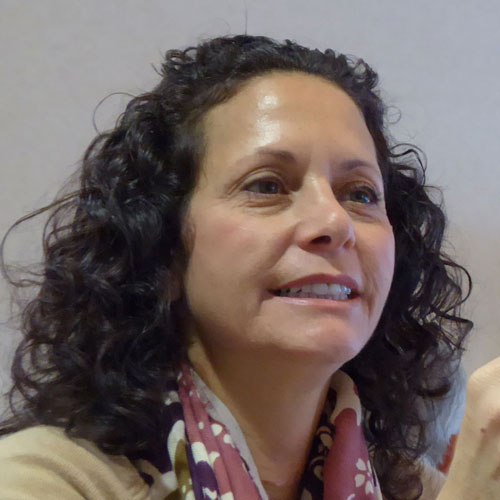A Vision for School Success
What if we could identify the primary cause of reading failure in school-aged children? Or pin down a treatable factor in academic and behavioral problems among at-risk students? What if we could reduce the misdiagnosis of learning disabilities or ADD/ADHD?
What if I said, WE CAN. Because those issues, and more, often come back to vision problems. I’m not implying that every child who has been labeled with a learning disability or ADHD is misdiagnosed, but the reality is that one out of every four school-aged children have an undiagnosed vision problem. One out of four!
 To add to that, children typically don’t complain of visual issues because they assume how they see the world is normal.
To add to that, children typically don’t complain of visual issues because they assume how they see the world is normal.
Compounding the issue further, traditional eye screenings are often inadequate. The Snellen eye chart (developed in the 1860s) measures only what can be seen far away, and does nothing to evaluate a student’s ability to see well up-close, which is critical in order to read books or computer screens, for example. The screening doesn’t come close to evaluating peripheral vision, depth perception, eye coordination, color vision, or focusing ability. It also provides no information about whether or not the brain and the eyes are working together to process visual information.
However, many students are overlooked for visual perceptual problems because they perform well on the eye chart. Students may even walk away hearing they have 20/20 vision, and they may think their eyesight is perfect. Changing this perception is crucial to helping parents, teachers, and students themselves be on alert for visual perceptual deficits that impact learning, school performance, and even behavior.
Fast Facts from the College of Optometrists in Vision Development
- An evaluation of the visual efficiency of beginning readers in a public school found that visual factors were the primary cause of reading failure and that most current school screenings are inadequate to detect these problems.
- A study of inner city youths found that poor vision is related to academic and behavioral problems among at-risk children.
- Vision problems are often typically misdiagnosed as learning disabilities or ADD/ADHD leading to special education intervention and unnecessary drug treatment of school children.
- Studies have shown that the correction of vision problems with vision therapy leads to significant reduction in visual symptoms and improvements in reading performance.
Visual Skills and Academic Success
Visual ability is fundamental to the learning process. Students must be able to see their books, computer screens, and the whiteboard, but they then need the visual skills to both understand and respond to what they are seeing. They have to be able to organize images into letters, words, and ideas that make sense, and then they must comprehend and retain those messages. Students have to be able to maintain their focus and not lose their place when looking between the board and their notebook, and they need to be able to judge distances and coordinate their hands and eyes in order to draw a picture or hit a ball.
Clearly, students make use of a variety of visual perceptual skills throughout their school day, and in order to experience success both in and out of the classroom, those visual skills must be optimized. From the moment they wake up until they fall into bed exhausted at the end of the day, they are processing visual information. In fact, it’s estimated that 80% of the information that our brains process comes from what our eyes take in. If students are experiencing a visual perceptual deficit (or several), it will impact their understanding and application of what they’re supposed to be learning in this crucial time period, and may also lead to headaches, fatigue, and other eyestrain problems.
Specific Visual Skills Needed for School Success
- Near vision (reading/computer work)
- Distance vision (teacher demonstrations, ability to see whiteboard)
- Binocular skills
- Focusing skills
- Eye movement skills
- Peripheral awareness
- Hand-eye coordination
Clearly, vision problems that go undetected and untreated leave students ill-prepared for school. Without the visual skills to succeed in the classroom, students are bound to be frustrated, act out, and experience delays and the need for special education.
Alli Berman is a Brain Fitness expert and the Eye Brain Fitness Guru. She has been an artist, author, educator, creativity consultant, workshop leader, perceptual and sensory products and programs developer, and motivational speaker for the past 30+ years. Berman has served as an educational advisor to the American Academy for Anti-Aging Medicine for over 30 years, and she is the founder of The Art of Rehabilitation and Anti-Aging Art. She created the PuzzleArt Therapy System in collaboration with behavioral optometrist, Susan Fisher, OD, and through consultation with neuroscientists around the world. Berman uses the system herself on a daily basis to keep her own brain as healthy, engaged, and challenged as possible!
Recent Post

Registration Open for PuzzleArt Therapy™ Training April 3, 2016






